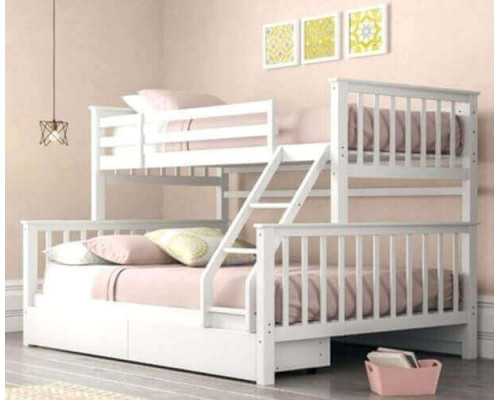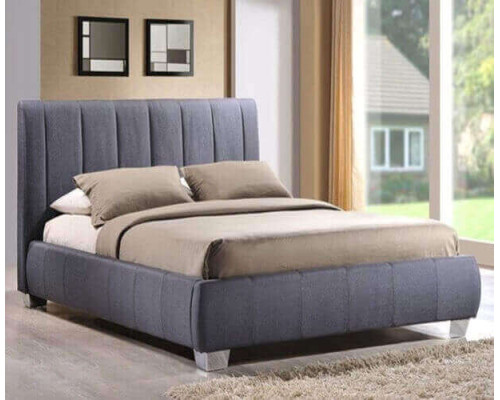Understanding Mattress Settlement

Introduction to Mattress Settlement
Mattress settlement is a common phenomenon affecting all mattresses over time. It refers to the natural process of the mattress materials compressing and conforming to the shape and weight of the sleeper. While this is normal, understanding the causes, effects, and solutions can help you maintain your mattress in optimal condition for years.

Causes of Mattress Settlement
Material Composition
Different mattress materials settle at varying rates. Memory foam, latex, innerspring, and hybrid mattresses each have unique characteristics influencing settlement.
- Memory Foam: Known for its contouring properties, memory foam compresses significantly under body weight, leading to visible impressions over time.
- Latex: Natural latex is more resilient but can still experience compression, especially with continuous use.
- Innerspring: These mattresses rely on coil support, and the comfort layers on top can compress, leading to settlement.
- Hybrid: Combining coils with foam or latex, hybrid mattresses can exhibit settlement in the comfort and support layers.
Weight Distribution
The sleeper’s weight and how it is distributed across the mattress impact the settlement rate. Heavier individuals or couples can expect more pronounced settlement, particularly in the areas where the most weight is applied, such as the hips and shoulders.
Frequency of Use
Mattresses in primary bedrooms are used more frequently than those in guest rooms. Constant pressure accelerates the settlement process, making high-traffic mattresses more susceptible to noticeable changes.
Identifying Mattress Settlement
Visual Indicators
Look for visible body impressions or sagging areas, mainly where the heaviest parts of your body rest. These impressions are a clear sign of material compression and settlement.
Comfort Changes
A mattress that once felt supportive but now causes discomfort or misalignment might be experiencing significant settlement. Reduced comfort is often a primary indicator that your mattress has settled unevenly.
Performance Decline
Noticeable changes in sleep quality, such as increased tossing and turning or aches upon waking up, can indicate that your mattress is no longer providing the necessary support due to settling.
Preventing and Managing Mattress Settlement
Rotating and Flipping
Regularly rotating and, if possible, flipping your mattress can help distribute wear more evenly. Most modern mattresses are designed for one-sided use, so check the manufacturer’s guidelines.
Using a Mattress Topper
Adding a mattress topper can provide an extra cushioning layer, reducing direct pressure on the mattress and prolonging its lifespan. Toppers can also help even out minor settlements.
Proper Support
Ensure a sturdy bed frame or foundation supports your mattress. Inadequate support can exacerbate settlement issues, particularly with heavier mattresses.
Regular Maintenance
Regularly clean your mattress and allow it to air out. Keeping it free from moisture and dust helps maintain the integrity of the materials.
When to Replace Your Mattress
Significant Sagging
If your mattress has developed deep sags that are no longer manageable with rotating or using a topper, it might be time to consider a replacement.
Loss of Comfort
Replacement is advisable when a mattress fails to provide the comfort and support it once did, affecting your sleep quality. Persistent discomfort can lead to sleep disorders and health issues.
Lifespan
Most mattresses last 7-10 years. Even with proper care, materials degrade over time, and replacing an ageing mattress ensures optimal sleep conditions.
In Conclusion
Understanding mattress settlement is crucial for maintaining a comfortable and supportive sleep environment. By recognizing the signs and taking proactive measures, you can extend the life of your mattress and ensure restful nights. Regular maintenance, proper support, and knowing when to replace your mattress are vital to managing this natural process.









